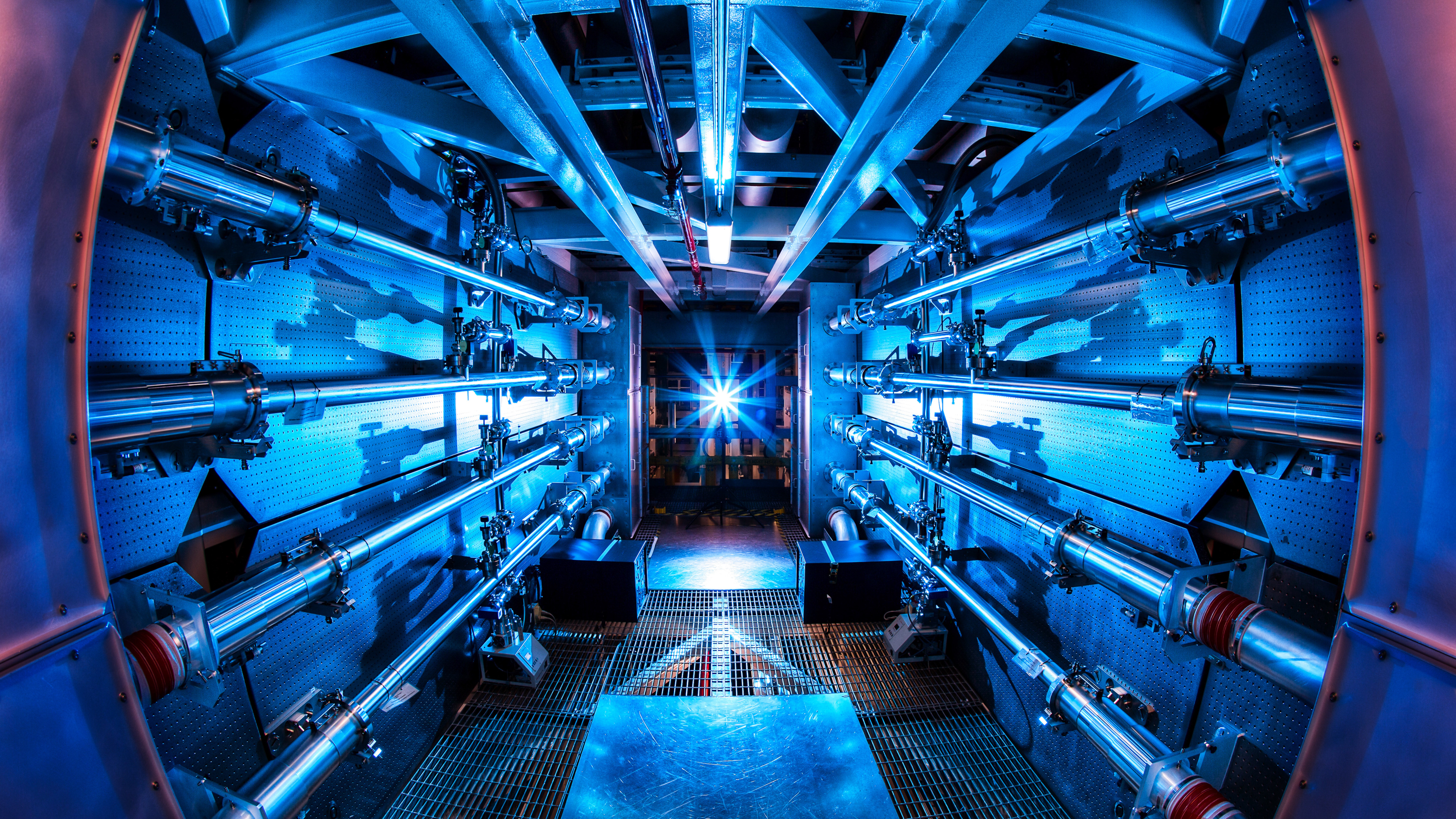After many decades of trying, scientists have reached a milestone in fusion research, finally running a reaction that created more energy than was put in to start it.
US Energy Secretary Jennifer Granholm announced today that researchers at the National Ignition Facility at Lawrence Livermore National Laboratory achieved what’s known as net energy gain, a symbolic victory for nuclear fusion research.
The advance demonstrates the basic viability of fusion energy, a goal researchers have been chasing since the 1950s. But the scientific experiment required the world’s most powerful lasers and is not an immediately practical route to fusion power. Many more scientific and engineering breakthroughs will be needed to turn fusion from a lab experiment into a commercial technology that could provide reliable, carbon-free energy to the grid.
This story is only available to subscribers.
Don’t settle for half the story.
Get paywall-free access to technology news for the here and now.
Subscribe now
Already a subscriber?
Sign in
In fusion reactions, whether in a reactor or the core of a star, atoms are slammed into each other until they fuse, releasing energy. The goal of fusion energy is to get more energy out of the reaction than what’s put in to energize and hold the fuel in place, and to do it in a controlled way. Until now, that has never been demonstrated.
The fusion reaction at NIF achieved it, generating 3.15 megajoules of energy, more than the 2.05 megajoules provided by the lasers used in the reactor. Last year, the same facility produced about 70% of the energy supplied to the reaction by the lasers. The lasers require more energy to run than what they provide to the reactor, but even seeing net energy gain within the system is a significant milestone.
“This puts a lot of wind in the sails of the community,” says Anne White, head of nuclear science and engineering at MIT. But, she adds, it doesn’t mean that we’re going to see fusion power on the grid tomorrow: “That’s not realistic.”
The laboratory uses the world’s largest and most powerful laser in an approach to fusion called inertial confinement. The technique relies on lasers that fire for a few billionths of a second to generate x-rays that compress and heat a tiny capsule of fuel about the size of a peppercorn. Eventually, the fuel, made up of heavy types of hydrogen called deuterium and tritium, gets hot and dense enough to form a plasma, and the hydrogen nuclei start slamming into each other, fusing and releasing energy.
While inertial confinement is the first fusion scheme to produce net energy gain, it’s not the most likely path forward for any possible commercial fusion efforts. Many fusion scientists think magnetic confinement—specifically a doughnut-shaped reactor called a tokamak—is a better option. Instead of lasers, tokamaks and other reactors using magnetic confinement rely on magnets to hold the fuel in place, and reach the intense conditions required for fusion using electric current and radio waves.
Because their technical approaches are so different, the net gain seen in the inertial confinement experiment doesn’t translate back to other approaches to fusion energy, like tokamaks. While both approaches aim to create plasma hot enough to fuel fusion, the physics and engineering that go into getting there differ between the various concepts, says White.
Some well-funded startups, like Commonwealth Fusion, are pursuing magnetic confinement schemes, while Helion Energy and others are working on hybrid magneto-inertial confinement systems and some, like TAE Technologies, are targeting still other approaches. And, White points out, all claim that they will eventually achieve net gain, because it’s the first step to a viable power system using fusion.
Still, achieving net gain is a significant boon for a field that’s been chasing results for decades.
“This moment is big,” says Michl Binderbauer, CEO of TAE Technologies. While the engineering for different fusion approaches will be different, he sees the moment as proof that fusion power, at its most basic level, can work.
The next step for fusion after reaching net gain, White says, is to produce much more energy than what’s supplied, instead of just a bit more. This is especially important in inertial confinement approaches because lasers aren’t very efficient, so they take more energy from the grid than they provide to the fusion reactor. So while within the reactor there was net energy gain, in reality producing that 3.15 megajoules took about 300 megajoules from the grid.
More efficient laser technology has been developed since the lasers for NIF were designed, and researchers also see a path to producing hundreds of megajoules of energy in reactions instead of just a few, said Lawrence Livermore director Kim Budil in a press conference following the announcement.
Building reactors that can reliably and repeatedly produce a significant amount of energy won’t be a trivial task, and we’re still many big announcements away from seeing fusion energy in commercial applications.
But achieving net gain, even in an impractical reactor at a national laboratory, is a milestone for fusion. As Budil said during the press conference, “This demonstrates it can be done.”
This story was updated on December 14 to add additional technical details.
